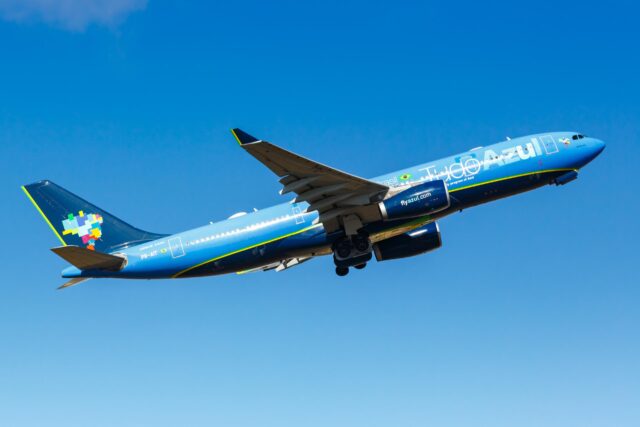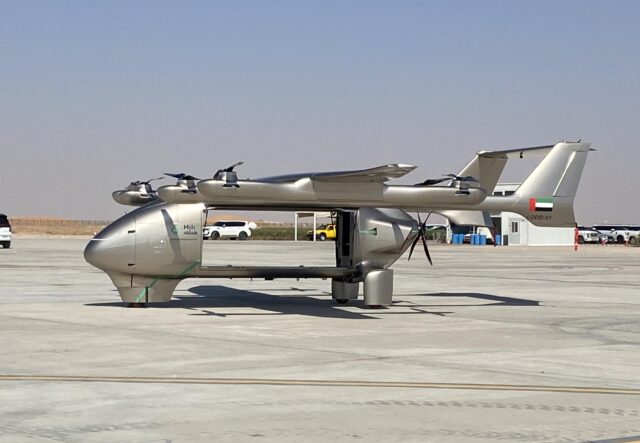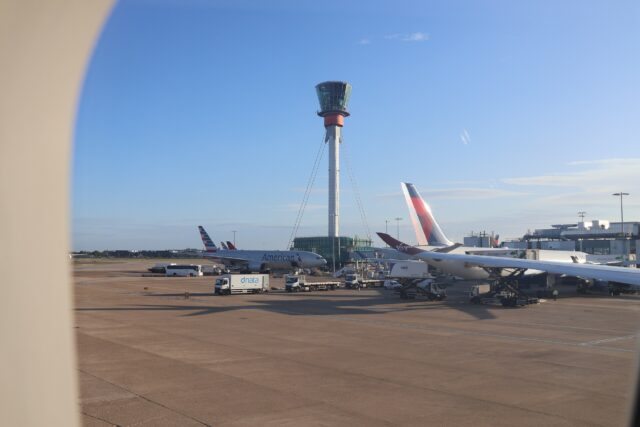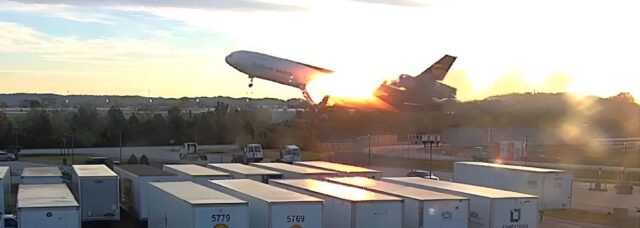‘What are we waiting for?’: UK under pressure to order more Eurofighter Typhoons for the RAF

October 31, 2025

Soon after the UK secured an £8 billion ($10.5 billion) agreement to sell 20 Eurofighter Typhoons to Türkiye, pressure is mounting on the government to invest in more of the aircraft for the Royal Air Force (RAF).
Members of Parliament, trade unions and defence analysts are warning that Britain risks losing credibility as both a leading air power and an aerospace manufacturer if it does not continue to operate the fighter jet it exports to others.
Calls grow for domestic UK Typhoon orders
The debate flared in Parliament this week as Conservative MPs urged the Ministry of Defence (MoD) to commit to new Typhoon orders.
Conservative MP and former Defence Minister James Cartlidge questioned whether the RAF would receive replacements for the 30 Tranche 1 aircraft already retired.
“Does the Minister plan to order any further Typhoons for the RAF to replace those, and if so, when?” Cartlidge asked, while also pressing for clarity on upgrades to the existing fleet. He noted that although the E-Scan radar, led by Leonardo in Edinburgh, had been developed successfully, “no production orders have yet been placed.”
The radar, part of the Phase 4 Enhancement (P4E) package, would allow the RAF’s Typhoons to detect and engage threats more effectively across longer ranges. But delays in procurement have raised concerns about capability gaps as older aircraft are phased out.

Andrew Snowden, MP for Fylde—home to BAE Systems’ Warton plant where Typhoons are assembled—welcomed the Turkish contract but questioned the government’s approach. “We are now the only major partner in the Eurofighter project that is not ordering the aircraft we are trying to sell to other countries,” he told the House.
He said the UK was selling jets abroad while failing to sustain its own fleet. “It would be a great aid to future export deals and would continue to boost our sovereign capability if we placed that order for more Typhoons for the RAF,” Snowden added.
The Eurofighter programme, which includes the UK, Germany, Spain and Italy, depends on steady production orders from its partner nations to keep assembly lines viable. Britain’s absence from new orders has therefore become a focal point for concern among both industry and unions.
Unite warns against hollowing out defence skills
Unite, the UK’s largest defence and manufacturing union, which represents thousands of workers at BAE Systems, Rolls-Royce and Leonardo, has echoed those calls.
The union described the Turkish deal as “welcome news” for jobs but warned that Britain must also invest in its own fleet.
General Secretary Sharon Graham said, “This new Typhoon order is very welcome news for our members. Unite has been extremely clear about the need for having more British-built Typhoons in order to sustain jobs and vital engineering skills in the UK, especially in final assembly capability. Now our own government needs to follow suit and buy new state-of-the-art British Typhoons to replace the RAF’s ageing fast jets.”

The union estimates that around 6,500 jobs at BAE Systems and Rolls-Royce depend directly on work linked to the Typhoon, with a further 14,000 positions across the wider supply chain. The North West of England, where BAE’s Warton and Samlesbury plants are based, remains particularly exposed to any slowdown in production.
RAF retires older Typhoons amid fleet review
The RAF currently operates around 137 Typhoons, with the oldest airframes already being retired after nearly 20 years of service.
According to former Defence Minister Maria Eagle, the MoD has begun withdrawing Tranche 1 aircraft from service, with most expected to be scrapped or used for spares by 2027.
That will leave the RAF with Tranche 2 and Tranche 3 jets, totalling just over 100 aircraft. No replacement order for Tranche 4 or Tranche 5 fighters has yet been placed, despite earlier expectations that Britain would join Germany and Spain in upgrading the model.
Analysts warn this could create a capability gap in the 2030s, before the next-generation Global Combat Air Programme (GCAP) aircraft enters service. The GCAP, jointly developed by the UK, Japan and Italy, is not expected to be operational before the late 2030s.
The F-35 factor: Balancing alliance and industry
Part of the government’s hesitation appears to stem from its growing commitment to the US-built F-35 Lightning II. Britain has already ordered 48 F-35B short take-off and vertical landing variants for the RAF and Royal Navy, of which 37 have been delivered.
Defence officials have confirmed plans to procure more of the conventional F-35A variant, operated by other NATO allies, to boost long-range strike capabilities. The F-35’s stealth and data fusion systems make it one of the most advanced fighters in the world, though also one of the most expensive.

While BAE Systems manufactures about 15% of every F-35, including key fuselage sections, critics argue that buying more American jets at the expense of the Typhoon risks eroding the UK’s sovereign manufacturing base.
Unite and several MPs have voiced concern that an over-reliance on US technology could limit operational independence. “The prime minister promised to use the defence budget to get workers in Britain building,” Graham said. “So what are we waiting for?”
Lack of UK Typhoon orders risks sovereign capabilities
The UK government has hailed the Turkish Typhoon order as “the largest fighter export deal since 2007,” claiming it will support more than 20,000 British jobs across 330 companies. But defence economists note that without domestic follow-on orders, the production pipeline could still face disruption.
The Eurofighter consortium has delivered over 600 aircraft worldwide, but recent export success has largely been driven by Gulf states such as Saudi Arabia and Qatar.

Britain’s 37% production workshare was designed to reflect its role as the platform’s largest operator. That assumption no longer holds true, as Germany has now overtaken the UK in orders. On 15 October, Germany ordered 20 Eurofighters to replace part of its Panavia Tornado fleet, with deliveries due between 2031 and 2034.
BAE Systems has invested heavily in sustaining the Typhoon line in Warton to bridge the gap between Eurofighter and GCAP production. Industry executives warn that any pause could threaten hard-won skills in design, integration and testing that take years to rebuild.
Will the RAF buy any more Eurofighter Typhoons?
For the Ministry of Defence, the challenge is balancing immediate operational needs with long-term industrial strategy. The RAF requires aircraft that can operate alongside US and NATO allies in contested airspace, while the UK defence industry needs consistent orders to sustain itself until the GCAP fighter arrives.
Defence Minister Luke Pollard told MPs that major spending decisions would be outlined in the forthcoming Defence Investment Plan. “The radar he mentions is an incredible piece of technology, which is of benefit not only to the RAF but to other Typhoon nations,” he said. “We continue to procure not just traditional aspects, but cyber, drones and other capabilities for our armed forces.”
However, for workers in Lancashire, the question remains whether those “traditional aspects” still include a future for the Typhoon at home.
Featured image: RAF
















